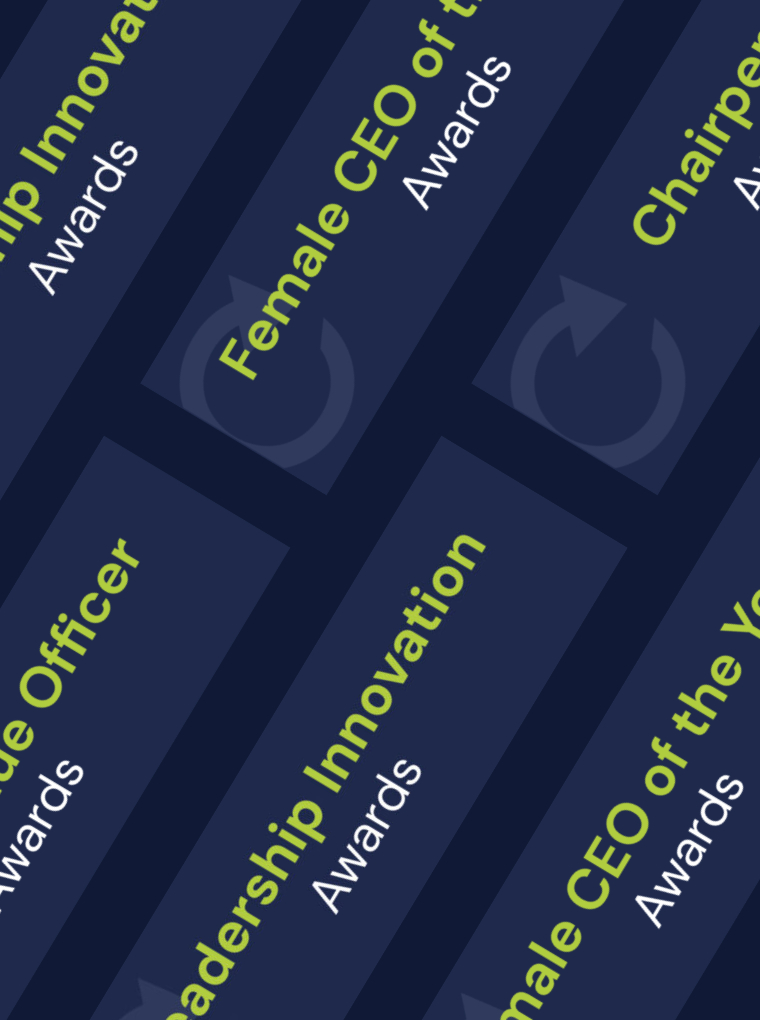Where is W in ESG: Why Gender Equity Spans Across ESG
by Sharmla Chetty, CEO of Duke Corporate Education
The Environment, Social, and Governance (ESG) factors are becoming increasingly important for board members, investors, governments and regulators and continue to create opportunities and challenges for companies globally. Today, executives are forced to reconsider what ‘value’ looks like and good business goes beyond simply generating financial returns.
While women are not explicitly mentioned in the three main letters, they must be made relevant when we talk about ESG. Women are disproportionately impacted by social issues such as access to healthcare, education, gender-based violence and more. However, it’s equally important to recognise that women are key agents for success, so we must ask ourselves – where is the W in ESG? The answer is that the W (women) needs to be present in every part of ESG, and we must ensure women have the agency to drive action across the ESG factors.
The business case for having the W in ESG
Research shows us that the more diverse teams we have and the more gender justice, the better our results. Women bring different ways of thinking to the table and are often more attuned to social responsibility.
S&P Global Market Intelligence’s study, When Women Lead, Firms Win, found that firms with female CFOs are more profitable and have produced superior stock price performance compared to the market average. The research also showed that firms with high gender diversity on their board of directors have been more profitable than firms with less gender diversity.
Additionally, S&P Global found women to be the most underutilized source of growth that could send global market valuations soaring. Acceleration in U.S. GDP growth under increased female labour force participation could add an astounding $5.87 trillion to global market capitalization in 10 years.
The importance of resilience in the face of challenges is vital for achieving success. While ESG is experiencing occasional setbacks and resistance to its value, it is crucial to stay committed and persistent. In this context, women are particularly suited to adopt this resilient mindset due to their ongoing fight for gender equality.
Challenging the perception of gender equity as solely a social objective
While gender equity has traditionally been associated with social progress, it is important to recognize its wider implications. Gender equity is intertwined with economic growth, environmental sustainability, and good governance. Failing to address gender inequities across these domains hinders progress on multiple fronts and undermines the overall effectiveness of ESG strategies.
In today’s business landscape, diversity is no longer just a buzzword – it’s a driving force behind investment decisions and corporate performance. As companies face mounting pressure to address ESG issues, a critical aspect that cannot be overlooked is the role of women. The W in ESG represents more than just a letter; it signifies the immense value that women bring to organizations and the broader society.
Gender Equity in the Governance and Leadership of ESG
Growing up in apartheid South Africa, I faced adversity and expulsion from school. However, those experiences instilled in me traits such as courage, determination, resilience, and tenacity. I learned the invaluable lesson that change is possible even in challenging times. These experiences fueled my lifelong commitment to championing education as a catalyst for equity, especially for women, as it creates opportunities for a better future and lays the foundation for women’s success in leadership.
Women’s involvement in the governance of organizations is essential for promoting gender equity. Increasing women’s representation on corporate boards and in executive positions enhances transparency, accountability, and fairness within companies.
The business case for gender diversity has already been stated. Leveraging diverse perspectives in governance and decision-making leads to more responsible and sustainable practices. By embracing gender equity, companies can tap into a wealth of talent, creativity, and empathy, making better-informed choices that benefit not only their stakeholders but society as a whole.
As ESG evolves, it is imperative for ESG leaders to assume core business leadership positions throughout the organization. This shift has transformed from a novel concept to an established necessity. Therefore, gender representation in these prominent ESG roles is now an essential requirement rather than an optional consideration.
Gender Equity in the Environmental Impact of ESG
According to ActionAid, Climate change has a disproportionate impact on women, exacerbating existing inequalities. Women, particularly in developing countries, bear the brunt of climate-related disasters, loss of livelihoods, and increased care burdens.
However, women are not just victims; they are also key stakeholders in addressing climate change and driving environmental sustainability. Their unique perspectives and knowledge contribute to innovative solutions and effective mitigation strategies.
To achieve holistic solutions, it is crucial to ensure female representation in decision-making and leadership roles. By including diverse voices, we can develop more comprehensive policies, programs, and initiatives that consider the needs and experiences of all genders.
While progress has been made, women still encounter embedded challenges and new forms of oppression in the workplace and beyond. Recognizing and embracing the power of women in ESG is a catalyst for transformative change. By promoting gender equity in all aspects of ESG, organizations can harness the strength of diverse perspectives, drive sustainable growth, and create a more inclusive and prosperous future for all.







